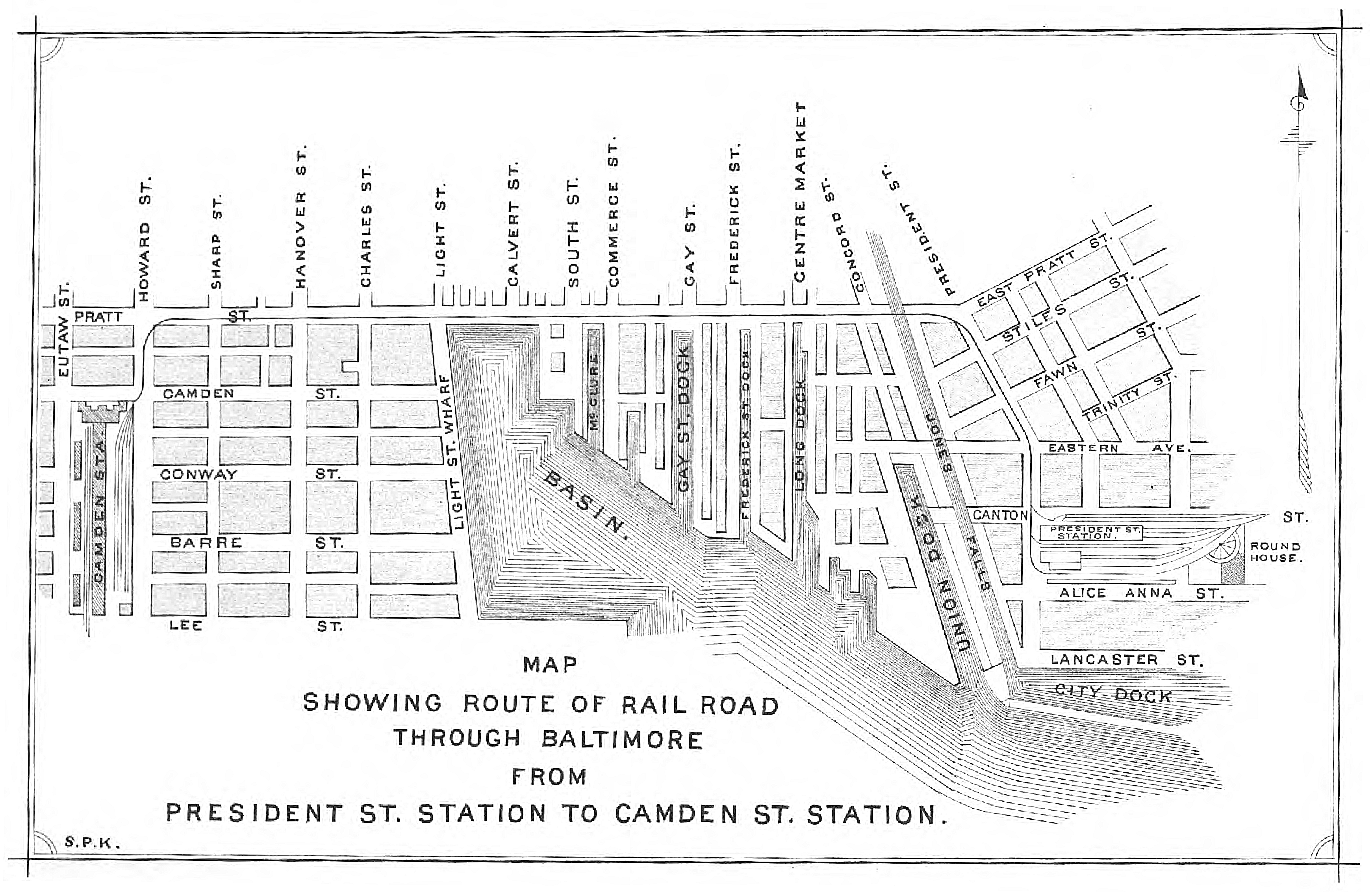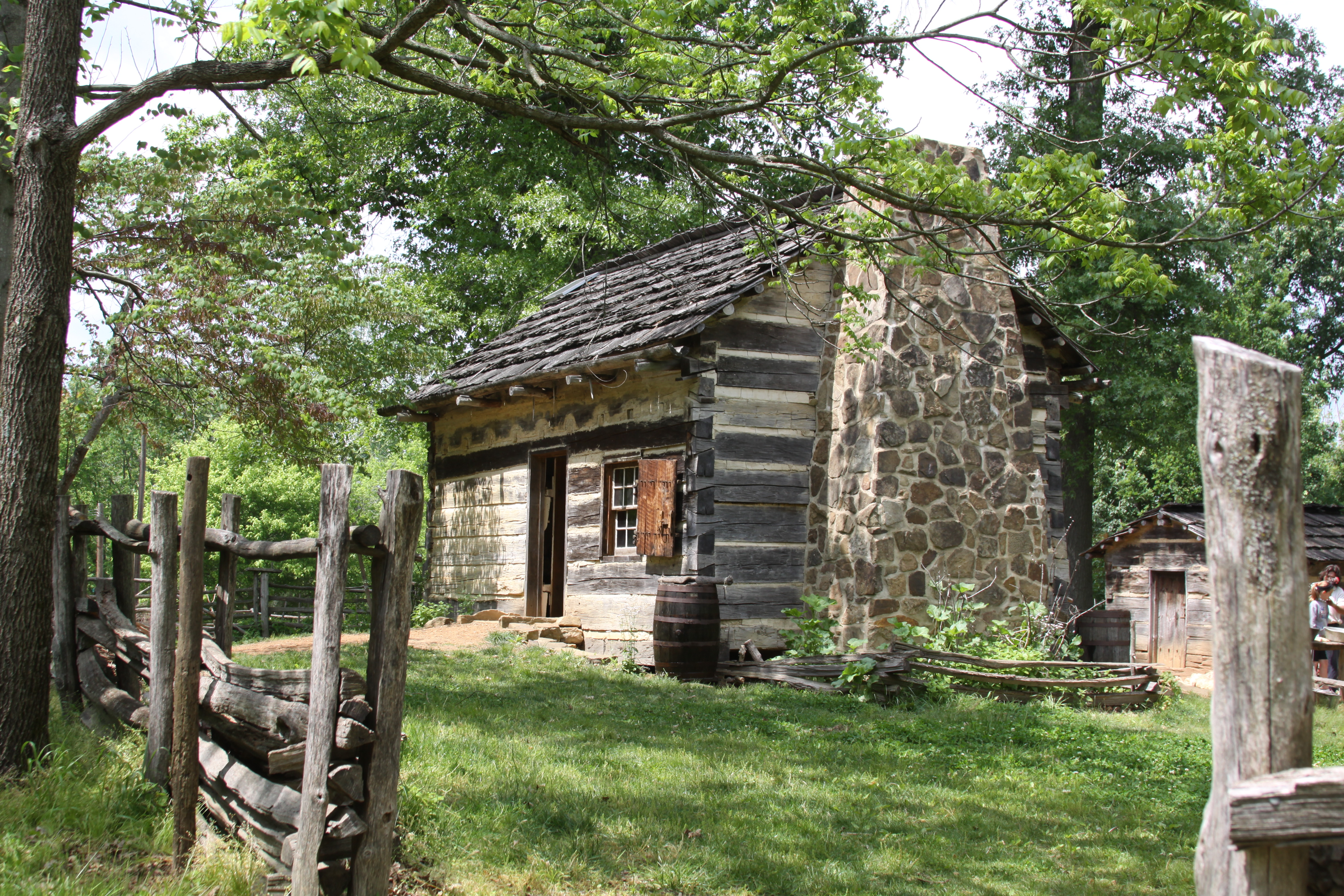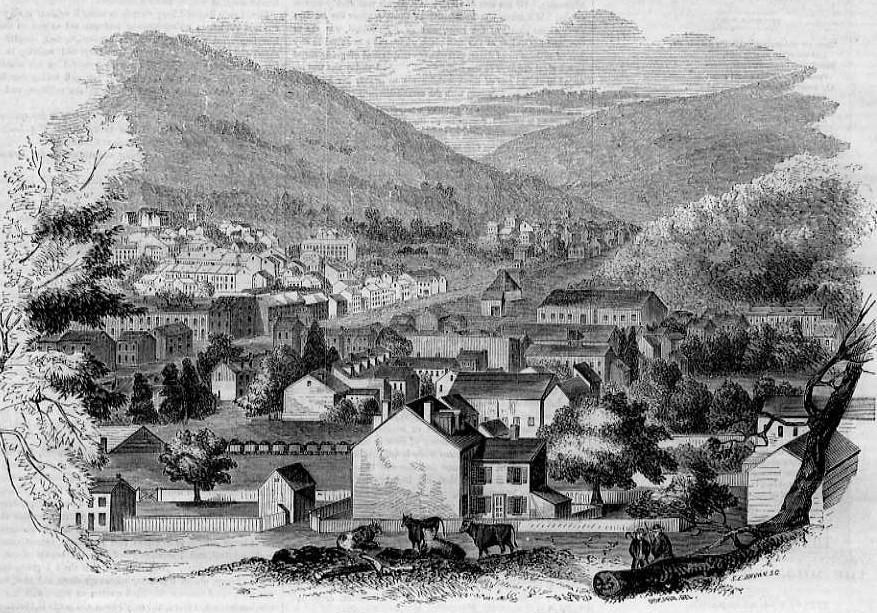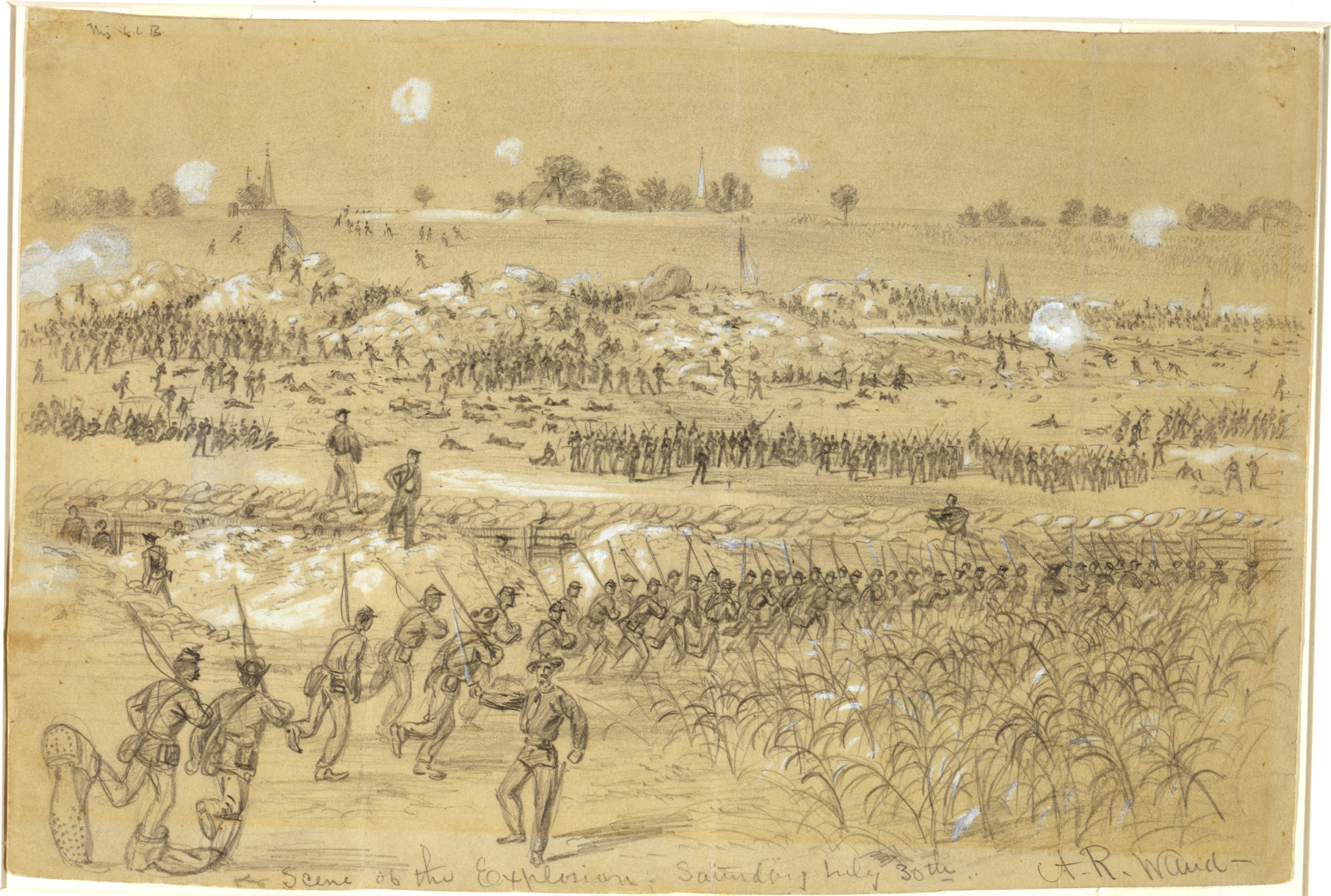|
Oliver Bosbyshell
Oliver Christian Bosbyshell (January 3, 1839 – August 1, 1921) was Superintendent of the United States Mint at Philadelphia from 1889 to 1894. He also claimed to have been the first Union soldier wounded by enemy action in the Civil War, stating that he received a bruise on the forehead from an object thrown by a Confederate sympathizer while his unit was marching through Baltimore in April 1861. Bosbyshell was born in Mississippi. His parents were of old Philadelphia stock, and he was raised in Schuylkill County, Pennsylvania. After briefly working on the railroad and then studying law, Bosbyshell enlisted in the Union cause on the outbreak of war. Following a brief period of service in the 25th Pennsylvania Volunteer Regiment, he joined the 48th Pennsylvania, remaining in that regiment for three years. He saw action in such battles as Second Bull Run and Antietam. He rose to the rank of major and led his regiment, but was mustered out upon the expiration of his term of s ... [...More Info...] [...Related Items...] OR: [Wikipedia] [Google] [Baidu] |
United States Mint
The United States Mint is a bureau of the Department of the Treasury responsible for producing coinage for the United States to conduct its trade and commerce, as well as controlling the movement of bullion. It does not produce paper money; that responsibility belongs to the Bureau of Engraving and Printing. The first United States Mint was created in Philadelphia in 1792, and soon joined by other centers, whose coins were identified by their own mint marks. There are currently four active coin-producing mints: Philadelphia, Denver, San Francisco, and West Point. History The Massachusetts Bay Colony established a mint in Boston in 1652. John Hull was Treasurer and mintmaster; Hull's partner at the "Hull Mint" was Robert Sanderson. The historical marker reads: The first authorization for the establishment of a mint in the United States was in a resolution of the Congress of the Confederation of February 21, 1782, and the first general-circulation coin of the United States, ... [...More Info...] [...Related Items...] OR: [Wikipedia] [Google] [Baidu] |
American Civil War
The American Civil War (April 12, 1861 – May 26, 1865; also known by other names) was a civil war in the United States. It was fought between the Union ("the North") and the Confederacy ("the South"), the latter formed by states that had seceded. The central cause of the war was the dispute over whether slavery would be permitted to expand into the western territories, leading to more slave states, or be prevented from doing so, which was widely believed would place slavery on a course of ultimate extinction. Decades of political controversy over slavery were brought to a head by the victory in the 1860 U.S. presidential election of Abraham Lincoln, who opposed slavery's expansion into the west. An initial seven southern slave states responded to Lincoln's victory by seceding from the United States and, in 1861, forming the Confederacy. The Confederacy seized U.S. forts and other federal assets within their borders. Led by Confederate President Jefferson ... [...More Info...] [...Related Items...] OR: [Wikipedia] [Google] [Baidu] |
Baltimore Riot Of 1861
The Baltimore riot of 1861 (also called the "Pratt Street Riots" and the "Pratt Street Massacre") was a civil conflict on Friday, April 19, 1861, on Pratt Street, in Baltimore, Maryland. It occurred between antiwar "Copperhead" Democrats (the largest party in Maryland) and other Southern/Confederate sympathizers on one side, and on the other, members of Massachusetts and Pennsylvania state militia regiments en route to the national capital at Washington who had been called up for federal service. The fighting began at the President Street Station, spreading throughout President Street and subsequently to Howard Street, where it ended at the Camden Street Station. The riot produced the first deaths by hostile action in the American Civil War and is often called the "first bloodshed of the Civil War". Background In 1861, most Baltimoreans did not support a violent conflict with their southern neighbors, and some of them strongly sympathized with the Southern cause. In the p ... [...More Info...] [...Related Items...] OR: [Wikipedia] [Google] [Baidu] |
Abraham Lincoln
Abraham Lincoln ( ; February 12, 1809 – April 15, 1865) was an American lawyer, politician, and statesman who served as the 16th president of the United States from 1861 until his assassination in 1865. Lincoln led the nation through the American Civil War and succeeded in preserving the Union, abolishing slavery, bolstering the federal government, and modernizing the U.S. economy. Lincoln was born into poverty in a log cabin in Kentucky and was raised on the frontier, primarily in Indiana. He was self-educated and became a lawyer, Whig Party leader, Illinois state legislator, and U.S. Congressman from Illinois. In 1849, he returned to his successful law practice in central Illinois. In 1854, he was angered by the Kansas–Nebraska Act, which opened the territories to slavery, and he re-entered politics. He soon became a leader of the new Republican Party. He reached a national audience in the 1858 Senate campaign debates against Stephen A. Douglas. L ... [...More Info...] [...Related Items...] OR: [Wikipedia] [Google] [Baidu] |
Pottsville, Pennsylvania
Pottsville is the county seat of Schuylkill County, Pennsylvania, United States. The population was 13,346 at the 2020 census, and is the principal city of the Pottsville, PA Micropolitan Statistical Area. The city lies along the west bank of the Schuylkill River, south of Wilkes-Barre. It is located in Pennsylvania's Coal Region. Pottsville is located west of Allentown, northwest of Philadelphia, and west of New York City. History Early settlement Charles II granted the land that would eventually become Pottsville to William Penn. This grant comprised all lands west and south of the Delaware River and the Schuylkill; the site of Pottsville was originally in Chester County. When the legislative Council, on May 10, 1729, enacted the law erecting Lancaster County, which included all the lands of the Province lying westward of a straight line drawn northeasterly from the headwaters of Octoraro Creek (near the southern borders) marked with blazed trees, to the Schuylkil ... [...More Info...] [...Related Items...] OR: [Wikipedia] [Google] [Baidu] |
Philadelphia Mint
The Philadelphia Mint in Philadelphia was created from the need to establish a national identity and the needs of commerce in the United States. This led the Founding Fathers of the United States to make an establishment of a continental national mint, a main priority after the ratification of the Constitution of the United States. The Coinage Act of 1792 was entered into law on April 2. It proclaimed the creation of the United States Mint. Philadelphia at that time was the nation's capital; therefore the first mint facility was built there. The Coinage Act of 1792 also instituted a decimal system based on a dollar unit; specified weights, metallic composition and fineness; and required each United States coin feature "an impression emblematic of liberty". History First building (1792–1833) David Rittenhouse, an American scientist, was appointed the first director of the mint by President George Washington. Two lots were purchased by Rittenhouse on July 18, 1792, at Se ... [...More Info...] [...Related Items...] OR: [Wikipedia] [Google] [Baidu] |
Grand Army Of The Republic
The Grand Army of the Republic (GAR) was a fraternal organization composed of veterans of the Union Army (United States Army), Union Navy ( U.S. Navy), and the Marines who served in the American Civil War. It was founded in 1866 in Decatur, Illinois, and grew to include hundreds of "posts" (local community units) across the North and West. It was dissolved in 1956 at the death of its last member. According to Stuart McConnell:The Grand Army of the Republic, the largest of all Union Army veterans' organizations, was the most powerful single-issue political lobby of the late nineteenth century, securing massive pensions for veterans and helping to elect five postwar presidents from its own membership. To its members, it was also a secret fraternal order, a source of local charity, a provider of entertainment in small municipalities, and a patriotic organization. Linking men through their experience of the war, the G.A.R. became among the first organized advocacy groups in Ameri ... [...More Info...] [...Related Items...] OR: [Wikipedia] [Google] [Baidu] |
Major (United States)
In the United States Army, U.S. Marine Corps, U.S. Air Force and U.S. Space Force, major is a field-grade military officer rank above the rank of captain and below the rank of lieutenant colonel. It is equivalent to the naval rank of lieutenant commander in the other uniformed services. Although lieutenant commanders are considered junior officers by their respective services (Navy and Coast Guard), the rank of major is that of a senior officer in the United States Army, the United States Marine Corps, and the United States Air Force. The pay grade for the rank of major is O-4. The insignia for the rank consists of a golden oak leaf, with slight stylized differences between the Army/Air Force version and the Marine Corps version. Promotion to major is governed by the Department of Defense policies derived from the Defense Officer Personnel Management Act of 1980. Army A major in the U.S. Army typically serves as a battalion executive officer (XO) or as the battalio ... [...More Info...] [...Related Items...] OR: [Wikipedia] [Google] [Baidu] |
Schuylkill County, Pennsylvania
Schuylkill County (, ; Pennsylvania Dutch: Schulkill Kaundi) is a county in the Commonwealth of Pennsylvania. It is located in the heart of Pennsylvania's Coal Region and is part of Northeastern Pennsylvania. As of the 2020 census, the population was 143,049. The county seat is Pottsville. The county was created on March 1, 1811, from parts of Berks and Northampton countiesThe History of Schuylkill County Pa. with Illustrations and Biographical Sketches of some of its Prominent Men and Pioneers, New York: W.W. Munsell and Co., 1881, p. 74 and named for the Schuylkill River, which originates in the county. On March 3, 1818, additional territory in its northeast was added from Columbia and Luzerne counties. The county is part of the Pottsville, Pennsylvania Micropolitan Statistical Area. History 18th century The lands that today constitute Schuylkill County were acquired by William Penn's proprietors by treaty executed August 22, 1749, with representatives of the Six Natio ... [...More Info...] [...Related Items...] OR: [Wikipedia] [Google] [Baidu] |
Confederate States Of America
The Confederate States of America (CSA), commonly referred to as the Confederate States or the Confederacy was an unrecognized breakaway republic in the Southern United States that existed from February 8, 1861, to May 9, 1865. The Confederacy comprised U.S. states that declared secession and warred against the United States during the American Civil War: South Carolina, Mississippi, Florida, Alabama, Georgia, Louisiana, Texas, Virginia, Arkansas, Tennessee, and North Carolina. Kentucky and Missouri also declared secession and had full representation in the Confederate Congress, though their territory was largely controlled by Union forces. The Confederacy was formed on February 8, 1861, by seven slave states: South Carolina, Mississippi, Florida, Alabama, Georgia, Louisiana, and Texas. All seven were in the Deep South region of the United States, whose economy was heavily dependent upon agriculture—particularly cotton—and a plantation system that relied ... [...More Info...] [...Related Items...] OR: [Wikipedia] [Google] [Baidu] |
Battle Of The Crater
The Battle of the Crater was a battle of the American Civil War, part of the siege of Petersburg. It took place on Saturday, July 30, 1864, between the Confederate Army of Northern Virginia, commanded by General Robert E. Lee, and the Union Army of the Potomac, commanded by Major General George G. Meade (under the direct supervision of the general-in-chief, Lieutenant General Ulysses S. Grant). After weeks of preparation, on July 30 Union forces exploded a mine in Major General Ambrose E. Burnside's IX Corps sector, blowing a gap in the Confederate defenses of Petersburg, Virginia. At that point, everything deteriorated rapidly for the Union attackers. Unit after unit charged into and around the crater, where most of them milled in confusion in the bottom of the crater. Grant considered this failed assault as "the saddest affair I have witnessed in this war." The Confederates quickly recovered, and launched several counterattacks led by Brigadier General William Mahone. Th ... [...More Info...] [...Related Items...] OR: [Wikipedia] [Google] [Baidu] |
Battle Of Campbell's Station
The Battle of Campbell's Station (November 16, 1863) saw Confederate forces under Lieutenant General James Longstreet attack Union troops led by Major General Ambrose Burnside at Campbell's Station (now Farragut), Knox County, Tennessee, during the Knoxville Campaign of the American Civil War. Longstreet hoped to crush the Union Army of the Ohio forces before they could retreat to Knoxville. During the fighting, the Confederates forced the Union troops to fall back from five separate positions. However, the final result was that Burnside's troops conducted a successful fighting withdrawal. Longstreet's two infantry divisions, supported by 5,000 cavalry, were detached from General Braxton Bragg's army with the goal of defeating Burnside's forces and recapturing Knoxville. The only reasonable way to accomplish this was to overwhelm the Union troops before they could take refuge behind the defenses of Knoxville. The failure to trap Burnside at Campbell's Station meant that Long ... [...More Info...] [...Related Items...] OR: [Wikipedia] [Google] [Baidu] |








